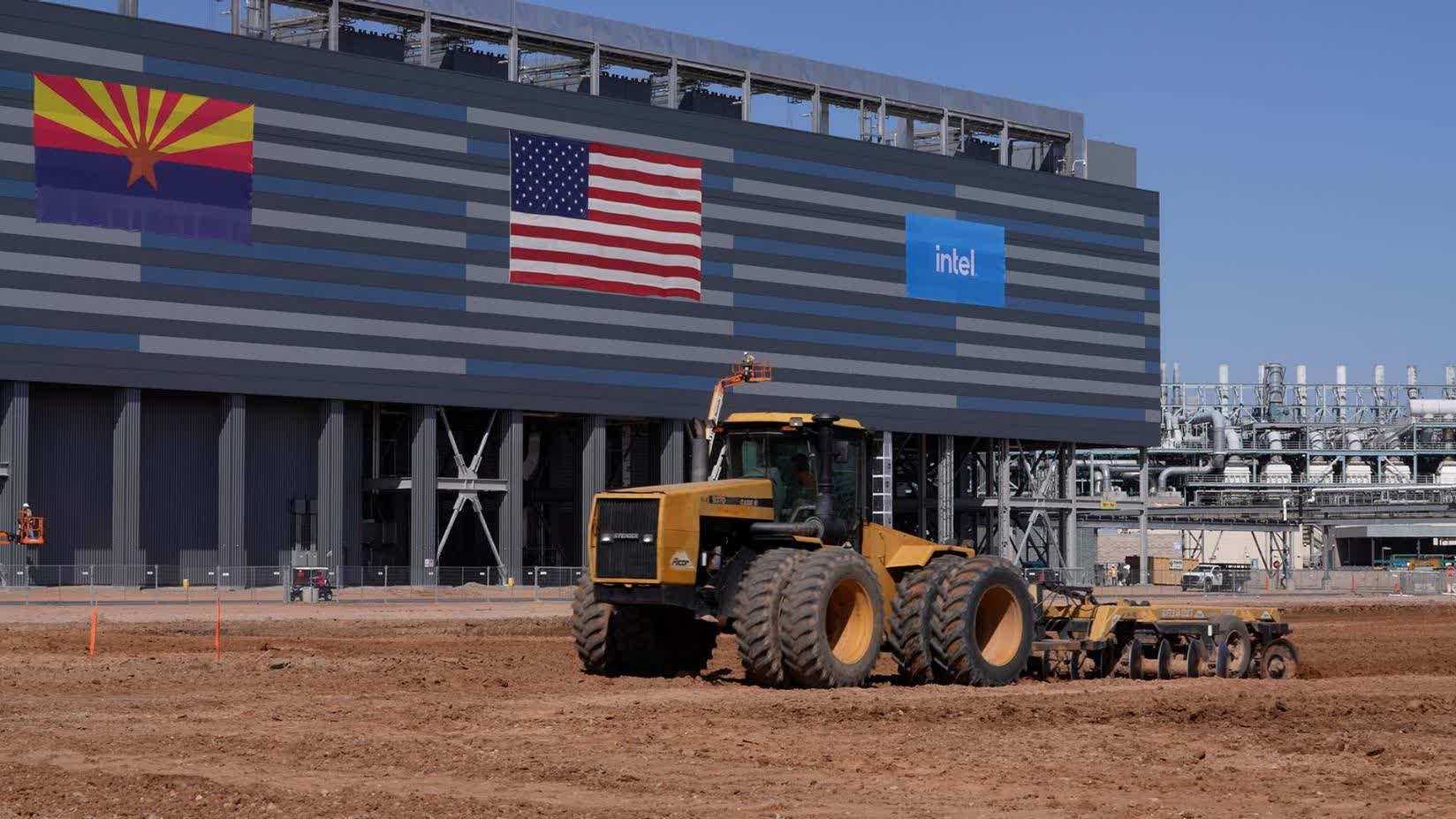In context: Despite what some like to think, making long-range planning and decisions to guide a multi-billion dollar business in a constantly evolving technology market isn’t as easy as it looks. Top executive Pat Gelsinger was asked what opportunities he felt Intel missed over the last several years. Gelsinger met it head-on and outlined where he felt Intel’s decisions gave rival companies a competitive advantage in today’s technology space.
Last month, one of India’s most prominent sites for tech news and reviews, Digit, asked Intel CEO Pat Gelsinger what he felt were some of the most significant missed opportunities that led to Intel’s current position in the semiconductor and AI markets. Rather than dodging the question, he pointed out three key areas where Intel fumbled the ball in minimizing any potential competitive advantage it could have established and leveraged–mobile development, foundry services, and AI technology.
According to Gelsinger, Intel’s inability to capitalize on mobile technology development was a fundamental mistake contributing to the success of rival companies such as Qualcomm, Samsung, and ARM. He is likely referring to Intel’s decision to cancel its former mobile chip lines, Broxton and SoFIA.
The Intel head mentioned foundry operations as another missed opportunity. The company has aggressively pursued expansion of its fabrication capabilities to support its operations and its integrated device manufacturing (IDM 2.0) strategy. While he did not specifically elaborate on why foundry operations contributed to Intel’s diminished position, the comment likely refers to the substantial investment of time, money, and resources to expand foundry operations globally over the last several years.

The artificial intelligence boom is undoubtedly one of the craziest “swing and a miss” moments for Intel. Today’s AI market is dominated by Nvidia, with some analysts estimating the company’s market share at anywhere from 80 to 95 percent. However, AMD is finally ramping up to enter the AI race and challenge Nvidia’s dominance, joining other technology giants, including Google and Amazon. However, no company today has the capability or technology to unseat Nvidia as the current AI king.
Intel’s investment in GPU architectures and technologies could carry the company closer to re-entering the AI race. However, Gelsinger mentioned that the company’s departure from technologies such as its Larrabee graphics architecture in 2010 was likely a massive contributor to Intel’s late start to the AI race. If pursued, the defunct graphics program could have yielded several years of research, development, and growth to better position Intel as a leader in artificial intelligence.
Unless Intel has been secretly working on a time travel program, there’s no way to undo what has already been done. Instead, Gelsinger is acknowledging those mistakes, trying to learn from them, and attempting to use them to chart a new, more successful course for Intel and its products.

